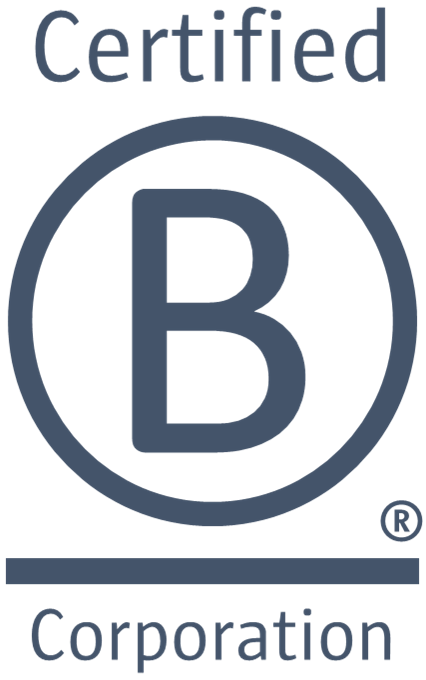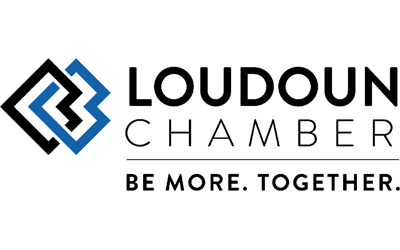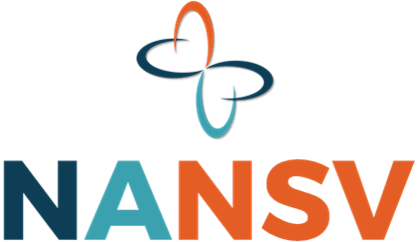
Increasing Non-profit Impacts by Helping More People
How Relationship Marketing Gets New Clients in the Door

In previous posts, we’ve talked about the value of Relationship Marketing (RM) In non-profits’ efforts to secure more donors and continuously increase total contributions.
That’s incredibly important for sustainability and advancement, to be sure. However, getting more financial gifts from the community isn’t any non-profit’s mission. All non-profits exist, of course, to provide some sort of social benefit, often in the form of help to people in need. They strive for impact and, for those in the line of human services, success is defined by the extent to which populations served experience positive outcomes. This requires developing effective programs and making them both accessible to and used by the affected populations.
Aside from financial stability, there are three core things non-profits have to accomplish to advance toward mission fulfillment, supporting everyone in the community who needs them:
- Generate the right outcomes for existing clients
- Provide a great end-to-end client experience
- Draw in new clients, serving more people in need
Client-focused RM is primarily about turning “prospects” into clients. However, outcomes and experiences are also critical factors in encouraging client growth. RM improves them as well.
RM’s foundation is audience research, which enables non-profits to identify sub-groups and learn about their unique needs, barriers, preferences, and influencers. With this knowledge, they can more easily reach and inform those who will benefit from their services, and encourage them to engage. By tailoring marketing efforts to specific audiences, non-profits can talk to prospective clients on a personal level. People are more likely to hear what organizations have to say, trust them, turn to them for support and, ultimately, talk positively to their neighbors.
The ultimate goal here is to affect behaviors—to persuade individuals in different groups to come to non-profits for help. Let’s take a closer look at four ways RM helps organizations do this:
- Personally engages. When non-profits understand populations of concern, they can customize outreach. They can tailor communications to specific groups based on common characteristics, personalizing messages, media, placement, etc. This allows them to reach people and meet them on their terms, providing information in forms and language that resonate and address their concerns. Moreover, RM optimizes time and cost, allocating resources to where they’re most effective instead of wasting efforts on “casting wide nets.”
- Builds relationships. There’s a key word in RM, and it isn’t “marketing.” Fundamentally, RM is about personally relating to people, and building relationships with them. Non-profits need to identify and develop trust with every person they want to serve. This includes knowing and overcoming behavioral obstacles, creating environments and providing services that deliver on promises, and leveraging client experiences. It’s an end-to-end process. RM gives non-profits the tools they need to make it happen.
- Improves experiences. Both initial information gathered and feedback loops throughout each individual’s “journey” enable non-profits to improve in several areas. For example, they may learn about access barriers such time off, transportation, etc. and can take action to overcome them. Feedback can help adjust marketing approaches. In addition, it gives non-profits information they need to customize the client experience from intake to service delivery to follow-up, ensuring clients feel valued, secure, and satisfied.
- Creates advocates. Over time, RM can have exponential effects. When new clients have positive engagements with non-profits, they can become “community ambassadors,” taking their experiences back to their neighbors. Whether they give word-of-mouth or are deployed more formally, prospective clients identify with them, and their stories influence their decisions. Testimonials can increase their neighbors’ awareness, change perceptions, build confidence, and break down cultural barriers even better than effective marketing.
Human-centered non-profits help people in need. The more people they help, the greater their impact on individuals, families and, in the end, communities. RM is a potent tool for non-profits looking to capture new clients and support even more of the population than they already do, including those segments that are hard to reach and/or demographically, geographically, or otherwise underserved. RM is far more effective than other marketing methods and, in the long run, can take on a life of its own, saving non-profits money while further increasing client bases.
In our next post, we talk more about the key components of RM, outlining the key steps non-profits need to take to successfully harness its power. Read it now!
We have a few humble requests for our readers. Please:
- Read our next post to learn how to use Relationship Marketing to grow your non-profit's client base (available February 21st)
- Liberally share this post with your colleagues and peers, your Executive Directors, your Marketing professionals, etc. (see links up top)
- Give us your feedback on this post and any others on The Snowbank, including your thoughts, experiences with the topic at hand, etc.
- If you have questions or just can’t wait to get to the next post, please contact us by clicking on the button below and we'll set up some time to talk
Read Other Posts
















